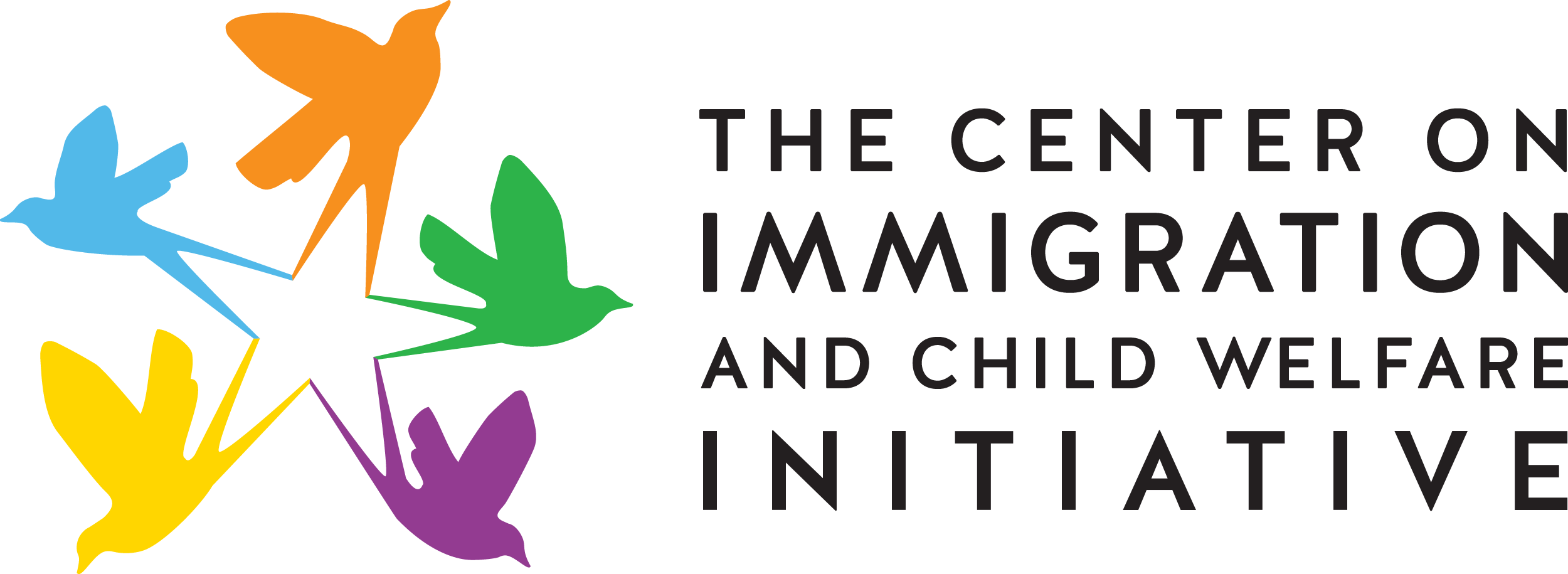Memoranda of Understanding with Foreign Consulates
Alan J. Dettlaff, PhD, & Caitlin O’Grady, MSW (December 2014)
A Memorandum of Understanding (MOU) is an official agreement between a child welfare agency and a foreign consulate that is typically developed to coordinate service delivery for foreign nationals who are involved with the child welfare system. MOUs emerged as a result of recognition from the international community that foreign nationals face barriers to maintaining custody of their children when involved with child welfare agencies.
Read the Brief
